31 January 2019
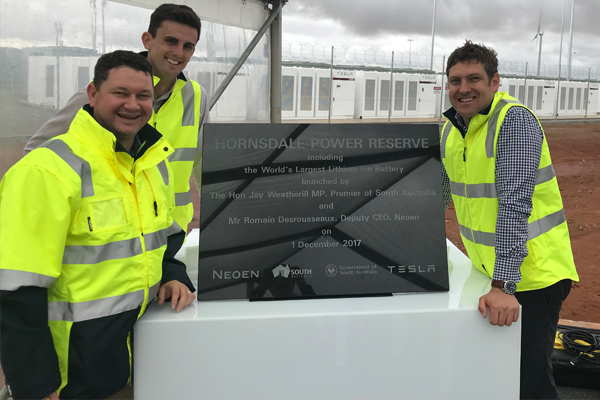
Josh Carmichael
Renewable Energy, Grid & Mobility Specialist (Transdev – Connexxion)
Bachelor of Science
Bachelor of International Business
When Josh Carmichael returned to his hometown of Adelaide in May of 2016, joining the South Australian Government in the midst of SA’s so-called ‘energy crisis’ after seven years at automotive manufacturing company DENSO, he could not have imagined what the next two years would entail.
As the Director of the Low Carbon Economy Unit, Josh put his business acumen to good use and led his team through the development and success of some of the state’s most extraordinary renewable energy projects – including delivering the World's Largest Lithium-ion Battery (100 MW Battery) – all while welcoming the newest member to his young family.
After making such a substantial contribution toward South Australia’s electricity sector being cleaner, more reliable and more affordable, he upended again to the Netherlands and joined Transdev, a leading mobility specialist and public transport operator, as a Low Emission Technology expert.
Josh takes us on a deep dive into his fascinating career, expertise in renewables, his time at the South Australian Government, and what he really thinks about Elon Musk’s tweeting habit.
Would you be able to tell us a little bit about what you are currently doing at Transdev (Connexxion) as a Low Emission Technology Expert?
Transdev operates everything from ferries to light rail train, trams and buses and autonomous shuttles as either the Global Transdev brand (as in Australia) or as a local brand like Connexxion in The Netherlands.
My role is to advise the organisation on how to best roll out buses, batteries, chargers and infrastructure for the expected boom in electric and fuel cell buses by 2025 – 2030 in The Netherlands, from a commercial, technical, chemical, procurement and operational point of view.
What motivated you to pursue this career path in renewable energy, how did your time at UniSA help shape it?
I’ve always been very interested in sustainability, but more from a business impact point of view - product development, strategy, supply chain and power balance perspective – than the environmental perspective. I would never have guessed while at UniSA in the early 2000s I would end up where I am now.
I chose good mentors who supported and encouraged me to say yes to every opportunity during my time at UniSA. My journey started when I said yes to a random opportunity to go on exchange. UniSA had just signed a new contract with The Chinese University of Hong Kong (CUHK) in Hong Kong to do exchanges, and they found it hard to get people to go to China over Europe and USA in 2003, so they offered $5000 in grants to go and promoted it via the professors. I spoke to a couple mentors and they encouraged me to apply. I was successful and met plenty of enthusiastic American and European students in Hong Kong – particularly the Dutch – which made me want to live and work in The Netherlands. So I moved after my studies, did my Masters and graduated in 2008.
I managed to use my Japanese language skills to get a job with DENSO in the middle of the global financial crisis, in a role that was meant to be industrial products but turned into innovation and business development across Telecom, Health, Security and Energy industries for over eight years.
I then said yes to a chance to relocate back home to SA with the government – while having no previous ambition to work in the public sector – in a role that I could never have imagined would be so good for me in terms of development, experience, knowledge and network. First in Hydrogen, then the big battery, virtual power plants and 20 other projects through the Renewable Technology Fund worth one billion dollars in private investments into SA as Director of the Low Carbon Economy Unit.
It was my pleasure to be a manager of such a capable team, in the thick of action with Cabinet support and fully decision making freedom with support of executives across government and my second-in-command, Richard Day.
Most recently I took a job with a public transport operator – never thought that would happen either – in the largest (again!) electric bus depot and fleet in Europe.
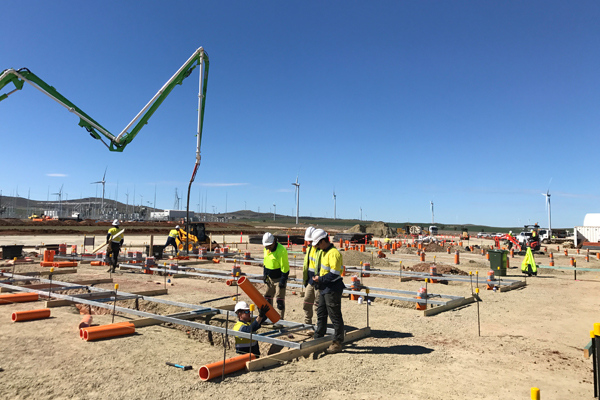
Speaking of your time with the South Australian Government, the state has a very complex energy market and power needs and you were involved in leading the massive 100MW Battery Project, could you describe your role and experience working on this significant development with a company like Tesla?
Pffft. Where to begin?!
There is no other company like Tesla. I’ve worked for a large international organisation before at DENSO (120,000 employees, $60B revenue), but Tesla was a whole different ball game. Everything is huge, quick and via the twitter account – which was very different way of working, especially for a Government agency and Premier’s office used to having their way.
The sheer scale, size, timing and complexity of this project was unprecedented. The 100MW battery was 5 - 20 fold larger than anything comparable on the market at the time. It was pushing the boundaries of engineering possibilities. Furthermore, it wasn’t a simple local project – it attracted close to 90 competitive global bids from all corners of the world. The process to decide the right partner was already the first challenge.
Every stage of the process was unique. We had to fit procurement, negotiations and installation in a nine month window. The installation phase alone – including the registration, licensing and connection procedures in the energy market – can take three months each from three different parties outside of the government’s control. So in total it would have taken 9 to 18 months with existing known technology. We only had three months for that; with a technology, rule book and protocol that largely didn’t exist. But, we were able to make a success of this phase in the three months because everyone came to the table with a solution – not problem – mentality. We were also able to have frank discussions about what was wanted, what was needed, and able to be implemented in the energy grid at such a scale and speed.
My team in government did an enormous amount of work upfront working with key stakeholders to ask them about implementing a product that had not been tested at such size before – irrespective of who would win the project. That helped at the backend of the project when we went to implement the winning solution with Neoen and Tesla.
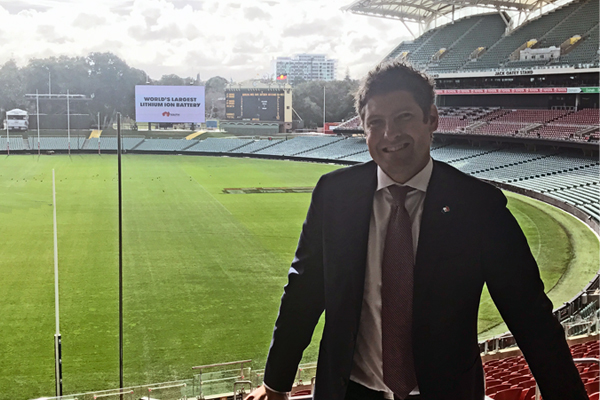
That’s an intense three months – and this was all happening under intense media scrutiny, wasn’t it?
The international media were using (sometimes inaccurate) local sources to report on the state of the project – since we were going to get it for free if it took more than 100 days – which added a lot of pressure.
That was alongside the speedy production and delivery of the balance of plant equipment (inverters, transformers, cabling, concrete etc.) and battery packs which were being delivered to site at breakneck speed via planes – just as they hit the end of production line – while building the site from scratch in a safe manner with no serious accidents on site in Jamestown.
If that wasn’t enough, we also had to plan two parties with global attendance and attention [including an appearance from Elon Musk, industry bigwigs, government officials and guests from all over Australia], without interfering with the site’s progress, onsite testing requirements, and performance of the products with no spare days in the schedule.
I’m guessing Elon Musk’s now infamous penchant for tweeting sensitive information didn’t help?
It’s well documented that Elon tweeted during the process that he could do it in less than 100 days, and then dared by fellow billionaire Mike Cannon-Brookes, said he would do it for free if he couldn’t. This created a problem and more complexity within the project.
The problem was some saw it as the unfair reason he won the contract (which it wasn’t), while others wanted to see us unfairly take him up on the offer. But we knew that would set the battery and renewable industry back years and give the Federal Liberal Party and coal lobbyists the ammunition to wipe our batteries and renewables by 5-10 years. South Australia needs all the energy storage it can get, so it made no sense to destroy the first major project to achieve that and jeopardise future investment into to the state afterwards.
To this day I think it’s still the only occasion in which a tweet has been successfully used in a commercial contract to hold a party liable for the content of the tweet – that’s pretty cool. In the end we didn’t need to activate it and South Australia benefited significantly from the 100MW Battery being delivered on time.
Subsequent deals also brought other battery manufacturers into the state, with other projects like Sunjeev Gupta in Whyalla and more renewable projects; creating a new industry, jobs and hope. That’s even cooler.
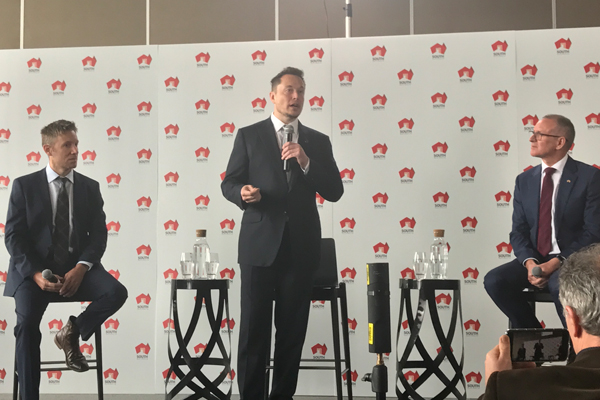
conference at Adelaide Oval
That must have been so much pressure on you both personally and professionally?
Make no mistake, I had enormous support from internal colleagues, especially my partners Peter Hawkes and Chris Gosling, an executive team across government led by Sam Crafter, Premier and Ministers offices, and was externally supported by technical, commercial and legal consultants in a tightknit project team of about 20 people. Tesla and Neoen both also allocated significant resources to the project, which enabled quick responses from key stake holders to clear blockages in the road.
But yeah – I didn’t sleep much for 9 months. My real superstar on the project was my partner Martine. She also gave birth to our son James in the peak of the project in September 2017. All while working and helping me through all the tough challengers on the project as my unofficial advisor, supporter, motivator and positive thinker; especially when the going was really tough!
What do you love most about your field?
When I was studying at UniSA sustainability was a hobby for environmentalist. It wasn’t until I did my MBA in Holland that my professor said, “the key to getting sustainability mainstream is to make it a business decision; not an environmental one.” Get the CFO excited. The CEO will like an idea that he can write about in the annual report, but it’s the CFO that holds the pen on investment. You need to get the CFO excited.
I’m proud that from a hobby in 2003 to mainstream business decision-making, renewables are now maturing and seen as the future. SA is leading the world on so many areas – which I hopefully played a role in accelerating during 2016 – 2018. It wasn’t the plan, but it’s been a great journey.
Renewables are here to stay, and SA is a great place to be for that.
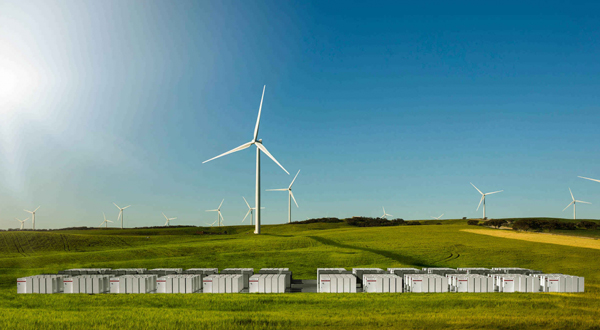
You’ve had extensive experience in the Netherlands as well, are there things their energy industry do that Australia doesn’t? Is there anything we can learn, and vice versa?
The world is on a path to transition to a more sustainable carbon constrained world. Australia is leading from the energy transition, but lacking in transport and building industry. Europe is leading from a transport perspective, but in a more orderly fashion.
We can certainly learn from each other. Australia can learn how to get bipartisan policy support and more orderly transitions – as well as how to transition the transport sector quickly while supporting the grid. On the other hands Europe can learn from Australia’s mistakes and the solutions that they are now deploying to fix those issues which are globally significant and show leadership at a faster pace – which Europe could use a bit more of – especially in the energy sector.
What do you love most about living and working in The Netherlands? Do you miss anything in particular from Adelaide?
I love Europe because everything is so close, and every place has its own rich history over thousands of years that still exists in small ways through their culture, food, and language. I love being a two-hour flight from my favourite cities in Italy and Spain for long weekends, summer breaks, or winter ski seasons.
I love The Netherlands because it’s so active on the bike – either to work, with the kids, for shopping or sport on the weekends. Also the work-life balance discussion is more mature. I currently have a daddy day once-a-week with my one-year-old son, James, and three-year-old daughter, Siena.
I miss my family and friends from Adelaide a lot, but am more fortunate than other expats because my partner is Dutch with an Australian history – so we both have friends and family in each other’s country.
I do really miss the weather, beaches and wineries. I’m a Henley boy (go Sharks!) through and through, which my partner also loves, so both miss hanging out at the Square with the kids and my parents for a coffee during the day, or a balmy summer night on the terrace with a beer with mates. I do miss my old colleagues at SA Government and exciting projects – but I don’t miss the politics and scrutiny.
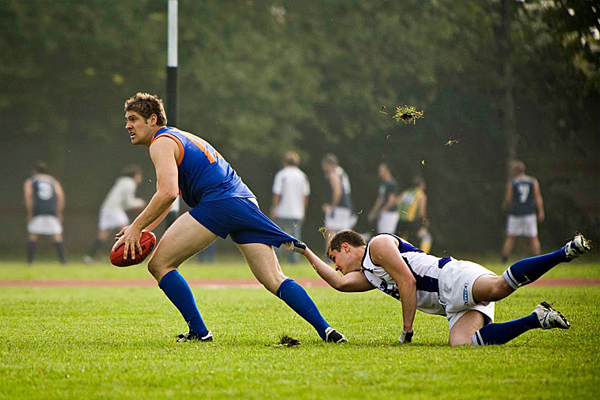
Do you have any achievements or moments you are personally particularly proud of?
Besides the kids and family, while in Europe the first time between 2006 and 2013, I was a part of establishing the Dutch Australian Football Association (DAFA). At one point I was the President, player and coach, helping to grow the competition from a central national team to a domestic league of four city-based teams next to the national team.
We came close a few times to winning the European Championship, and had some fantastic weekends away for games across Europe. Aside from being proud of the friendships that I formed in that period – and seeing the competition grow – I am also most proud of AFL Europe (of which DAFA was a founding member) influence on the AFL HQ in Melbourne 20,000 kilometres away.
In many ways Europe was more advanced than Australia in the AFL with female participation, 12-a-side and touch formats (due to the limitation of cricket fields in Europe meaning we had to play on rugby and soccer fields), which we advocated to be implemented in Australia for over a decade. Today, you see the result of this work in things like the highly successful National Female Australian Football League and the 12-a-side summer competition, AFLX.
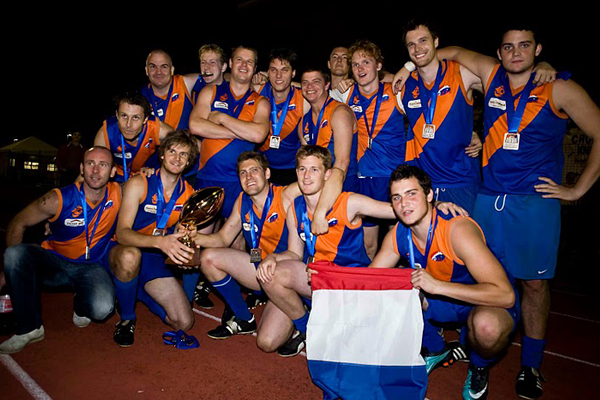
DAFA team
Do you have any suggestions how consumers and everyday individuals can make more environmentally conscious energy choices and support renewable energy efforts?
Yes, but the key is to do it for economic reason – not environment. People should be going renewable and energy efficient because it’s now officially cheaper and smarter – while being good for the environment.
Energy efficiency is one of the easiest wins. Install energy efficient lights with control software that turns things like air conditioners, pool pumps, white goods etc. on/off efficiently. Every little bit helps. Becoming a prosumer is another way. Take advantage of the governments subsidies for solar and batteries to become a consumer producing – not consuming – energy while earning money.
Finally, if you are in a position at your work to have power or influence the procurement of your energy, do so. There are very attractive corporate solar power purchase agreement (PPA) on offer in Australia, direct or indirect from wind and solar farms and renewable energy SME retailers which are cheaper than the current big energy retailer offers in the market.



